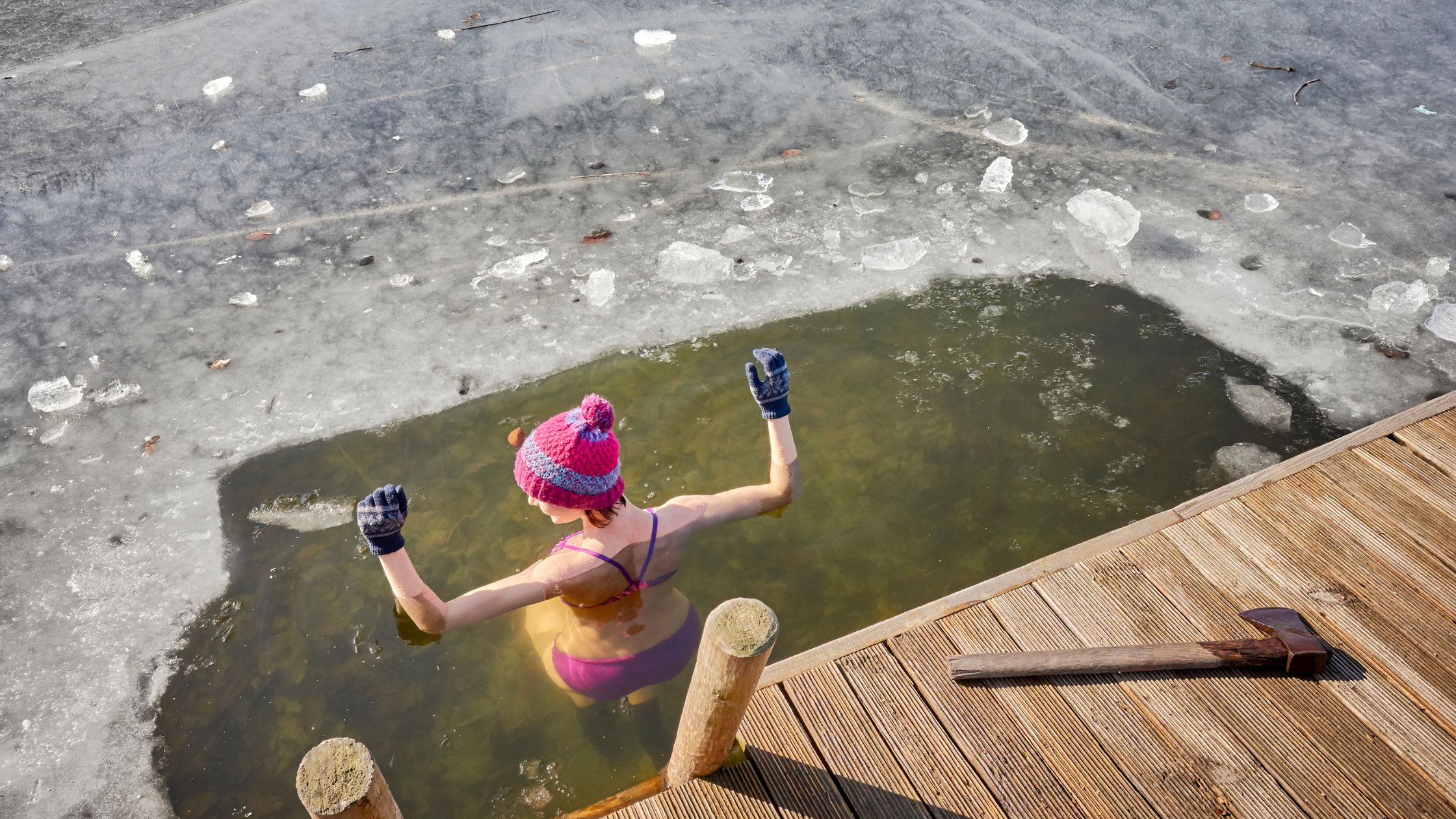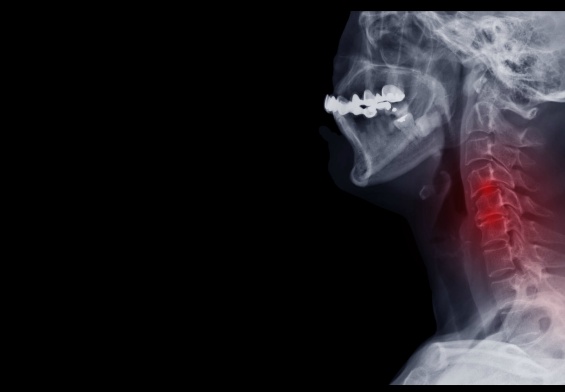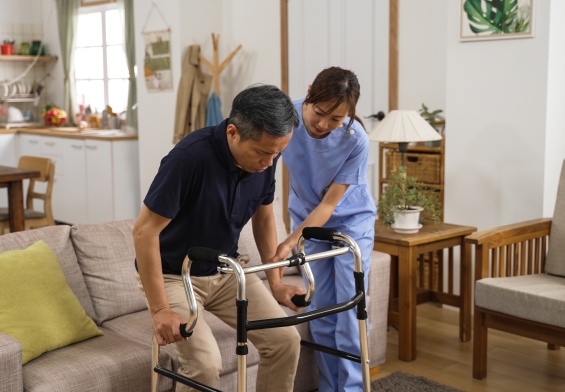Cold plunge therapy is making waves in the wellness world, with claims that it can do everything from speeding up recovery after a workout to improving your mental health. But what about anti-aging? Is it possible that a quick dip in an ice-cold plunge tub could actually slow down the aging process? Or is it just another wellness trend that sounds good in theory but doesn’t hold up to the hype?
Let’s dive in and explore whether cold plunge therapy really has the power to turn back the clock, or if it’s just another feel-good trend.
What Is Cold Plunge Therapy?
Before we get into the potential anti-aging benefits, let’s first define what cold plunge therapy is. In simple terms, it’s when you immerse your body in cold water—typically between 40°F and 60°F (4°C to 15°C). Whether it’s a tub, a natural cold lake, or a specialized spa experience, the goal is to shock your body with the cold temperature, triggering a series of physiological responses.
The use of cold water for therapeutic purposes isn’t anything new. Ancient cultures, including the Romans and Scandinavians, have long used cold water immersion to promote health and wellness. And now, in the modern world, it’s become a popular trend for everything from stress relief to muscle recovery.
How Cold Plunge Therapy Works
When you step into a cold plunge tub, your body responds almost immediately. This is known as the cold shock response—your body’s way of reacting to the sudden drop in temperature. Here’s what happens:
- Vasoconstriction – Your blood vessels constrict to preserve body heat and protect vital organs. This is why your skin can feel numb and your fingers and toes may turn pale when you’re exposed to cold water.
- Vasodilation – When you exit the cold water, your blood vessels expand, causing a rush of oxygenated blood to your muscles and tissues. This process helps to improve circulation.
- Endorphins & Norepinephrine – Cold immersion triggers the release of endorphins (the “feel-good” hormones) and norepinephrine, a neurotransmitter that boosts mood, reduces pain, and helps improve mental clarity.
These processes are beneficial in many ways, but can they really slow down aging?
Potential Anti-Aging Benefits of Cold Plunge Therapy
Now, let’s break down some of the possible anti-aging benefits of cold plunge therapy.
1. Skin Health & Elasticity
One of the most talked-about benefits of cold plunge therapy is its effect on skin health. The idea is that cold water helps tighten your skin and can even reduce puffiness. While this claim isn’t entirely baseless, the benefits are more temporary than permanent.
Cold exposure stimulates circulation, which brings more oxygen and nutrients to the skin, giving it a fresh, vibrant look. The tightening effect you feel is also due to the vasoconstriction process, which temporarily reduces swelling and puffiness.
On the long-term side, cold exposure might encourage the production of collagen, a protein that helps maintain skin elasticity. However, while cold plunge therapy can definitely boost your skin’s appearance temporarily, it’s not a magic cure for wrinkles or sagging skin. Collagen production can be influenced by various factors like diet, age, and genetics, not just cold water.
2. Reducing Inflammation
Chronic inflammation is one of the leading causes of premature aging. It has been linked to various age-related conditions such as arthritis, heart disease, and even cognitive decline. Cold plunge therapy has the potential to help reduce inflammation in your body.
When you immerse your body in cold water, it causes your blood vessels to constrict, which reduces swelling and limits the amount of inflammation in tissues and joints. This can be especially beneficial if you’re dealing with joint pain or muscle soreness. By reducing inflammation, cold plunge therapy may help slow down some of the physical signs of aging and keep you feeling more youthful.
3. Enhancing Cellular Health
Cold plunge therapy might also have an impact on the health of your cells. When exposed to cold water, your body increases the production of mitochondria—the “powerhouses” of your cells. This process boosts your body’s ability to produce energy and repair damaged cells.
As we age, the function of our cells naturally declines, but cold exposure might help mitigate some of these effects by promoting healthier, more efficient cellular processes. Though the research is still limited, some studies suggest that cold therapy can have a positive impact on cell regeneration and potentially slow down the aging process at a cellular level.
4. Stress Reduction & Hormonal Balance
Stress is a major factor that accelerates the aging process. Chronic stress raises levels of cortisol, a hormone that, when elevated, can contribute to muscle breakdown, weight gain, and even impaired immune function. Cold plunge therapy may help balance out those stress hormones.
When you immerse yourself in cold water, your body responds by releasing endorphins and norepinephrine, which not only improve your mood but can also help lower cortisol levels. By reducing stress, cold plunge therapy can help mitigate one of the main contributors to the physical signs of aging, such as fine lines, wrinkles, and dull skin.
5. Brain Health & Cognitive Function
There’s even some evidence to suggest that cold plunge therapy could have neuroprotective effects. Regular cold exposure might support brain health by improving blood flow to the brain and reducing inflammation in neural tissues. Some studies suggest that this could have long-term benefits for cognitive function and might even help prevent cognitive decline associated with aging.
The release of norepinephrine during cold exposure may also have a role in enhancing mental clarity and focus, which can improve cognitive function and overall brain health.
Cold Plunge for Elderly Care & Chronic Conditions
In home care settings, caregivers often deal with arthritis, joint pain, and other chronic conditions that cause inflammation and discomfort. Cold plunge therapy can be a non-invasive way to alleviate some of that pain by reducing inflammation, improving circulation, and supporting quicker recovery.
Caregivers can help clients incorporate cold therapy as part of a daily or weekly wellness routine, assisting them in setting up the environment and ensuring safety during cold exposure.
What the Science Says: Is It Just Hype?
While the claims about cold plunge therapy for anti-aging sound promising, it’s important to look at what the science says. There’s no denying that cold exposure has some proven health benefits, particularly for muscle recovery, inflammation reduction, and mood enhancement.
However, when it comes to anti-aging, the evidence is still inconclusive. There are only a few studies examining cold exposure’s impact on aging, and many of them are small-scale or animal-based. So, while cold plunge therapy may help with certain aspects of aging, it’s not likely to be a miracle cure.
The real key to aging gracefully lies in a holistic approach—regular exercise, a healthy diet, quality sleep, and stress management. Cold plunge therapy might complement these habits, but it’s not a replacement for other essential lifestyle choices.
Risks and Considerations
Before jumping into a cold plunge tub, it’s important to consider a few things. While cold exposure can be beneficial, it’s not for everyone. People with heart conditions, circulatory issues, or respiratory problems should avoid cold plunge therapy or consult a doctor first.
It’s also important to ease into cold therapy. Start with shorter exposures and gradually increase your time in the cold water. If you feel dizzy, lightheaded, or uncomfortable, it’s time to get out.
Conclusion: Fact or Fiction?
So, is cold plunge therapy the secret to turning back time? Well, it’s not quite that simple. There are some solid benefits, like improved circulation, reduced inflammation, and a potential boost in collagen production. But, when it comes to reversing the aging process, it’s not a magic bullet.
Cold plunge therapy can certainly help enhance your overall wellness and maybe even slow down a few aspects of aging, but it’s not a replacement for a healthy lifestyle. It’s worth trying, but always remember—consistency and balance are key when it comes to staying young at heart and healthy in body.
Ready to take the plunge?
Reference Links:




